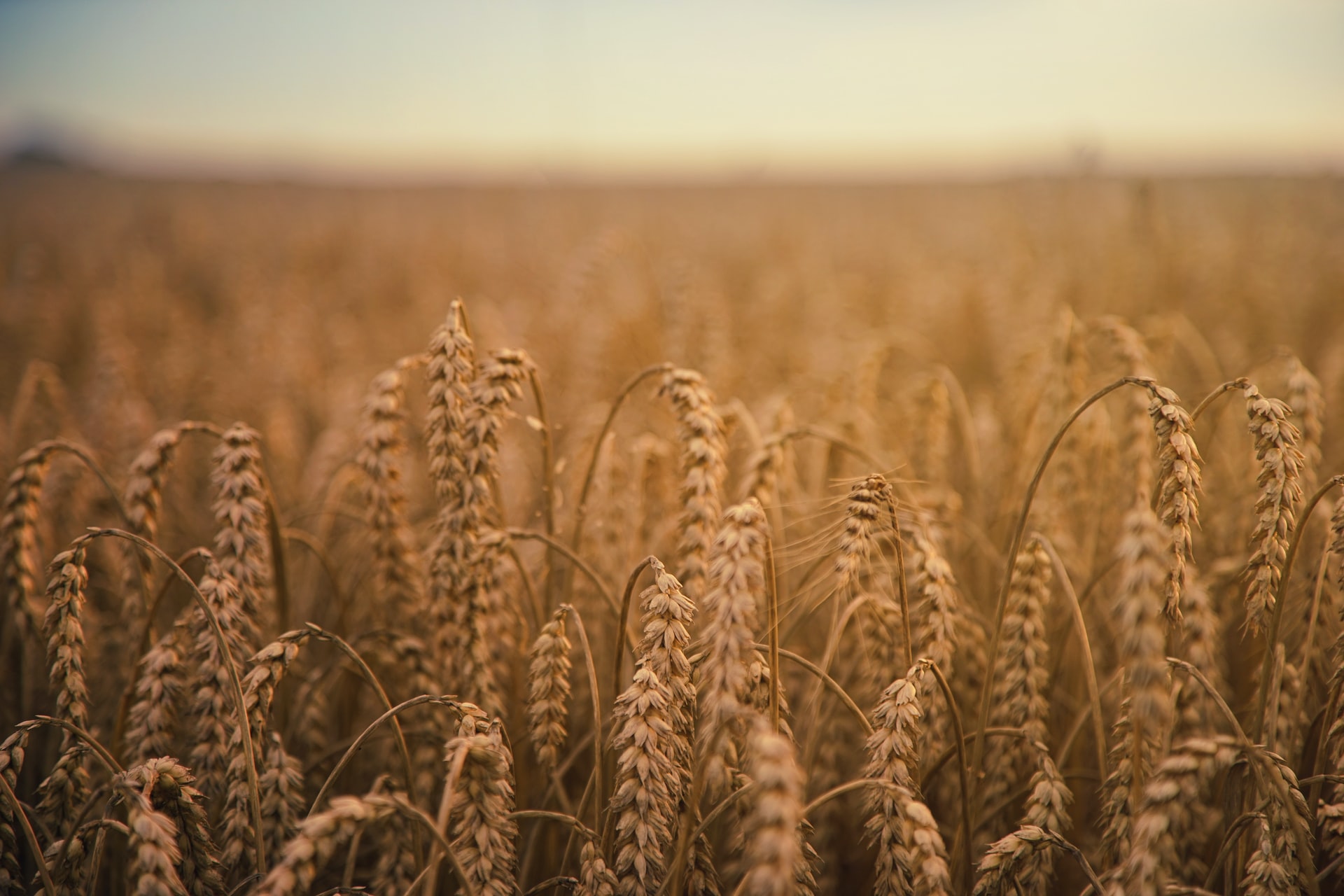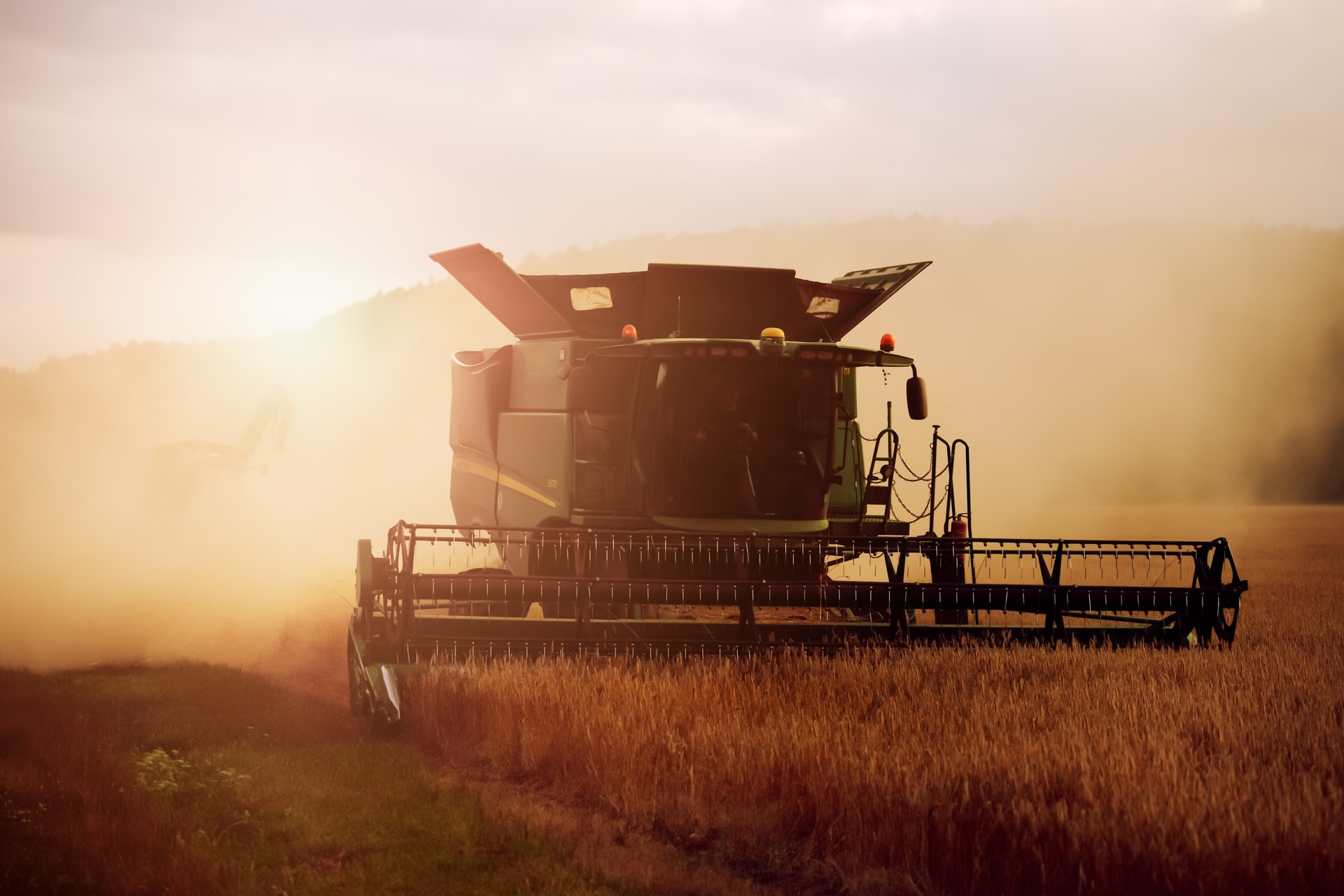One eye on the horizon
By Darcy Ingram
16th February, 2022
With the 2021/22 harvest finally in the rear-view mirror for all but a few stragglers, the focus quickly shifts to marketing what unsold grain remains on-farm or in the system and beginning preparations for the season ahead. If we can find a silver-lining to the weather-related harvest delays experienced along the East Coast, then if nothing else, the heavy rainfall has provided a near full subsoil moisture profile and great starting point for the 2022/23 crop. As cropping plans and budgets for this year are being finalised, growers have been hit with the reality of record high input prices and the impact that will have on their final gross margins. In an effort to manage costs, growers may look to change cropping rotations where possible and ration fertiliser use at the expense of yield.
With costs at all-time highs, it’s more than understandable that Australian farmers are looking to achieve the highest rate of returns for their grain. Local growers have been the major beneficiaries of last year’s significant production issues in the Northern Hemisphere with wheat, barley and canola all pushing to historically high levels. Canola was the standout, hitting record values as supplies quickly diminished leaving the global oilseed balance sheet incredibly tight thus resulting in a massive jump for futures and cash prices. This supply story continues to provide value for growers with canola still on hand, as well as early 22/23 marketing opportunities for those comfortable with forward selling. Canola prices continue to be volatile, however, we are currently seeing 22/23 bids near on parity with 21/22 and well in excess of $800 track across the country. Arguments can certainly be made for each side of where pricing goes from here, but should the global supply situation start to work itself out then there is certainly room for canola bids to move lower.
The recent geopolitical tensions between Russia and Ukraine is undoubtedly causing a stir in the grain market and any major interruptions to supply chain flows out of the Black Sea region could easily translate to a jump in global values. The market is certainly pricing a risk premium as we wait to see how the conflict unfolds and what the state of the Northern Hemisphere crop is likely to be. Further adding to this story are the drought conditions currently being experienced in South America and the significant drop in corn and soybean production as a likely result. Should things de-escalate in the Black Sea and positive reports of overseas production start to surface the market is at risk of faltering.
All this leaves the Australian grower with the always difficult question of how to approach their new crop marketing strategy, and when the right timing is to make those forward sales. This will of course be different for everybody; nobody’s risk profile is the same and we still have a long way to go before this crop is made. Current values provide a great opportunity for an early hedge against input costs and for those with a high-level of production confidence it’s never too soon to start thinking ahead.
Highlights of a memorable harvest

With the dust nearly settled on the 2021/22 harvest, it will be with mixed adjectives how we describe this one in the years to come.
Read MoreCanola growers prepared for price volatility

New season canola prices are starting the year in nosebleed territory relative to other years, which makes canola a very attractive option to growers in 2022 .
Read MoreKeeping all the irons in the fire

As harvest rolls into its fifth month through parts of New South Wales, growers and traders alike are now turning their attention to the considerable task of executing one of our biggest crops on record.
Read MoreDisruption in the feed grain sector

Australia's key atmospheric and oceanic indicators point to a continued La Niña weather pattern sticking around until at least February 2022.
Read MoreHeadwinds facing farmers in 2022

Harvest is slowly wrapping up on the east coast however the ever persistent La Nina continues to delay the placement of the final full-stop on this seasons bumper harvest.
Read MoreThe higher the bid, the further to fall

As December finally brought the welcome news of a reprieve from the rain across most of the East Coast, the increase in harvest activity unfortunately seemed to coincide with a decrease in values to the Australian grower.
Read More